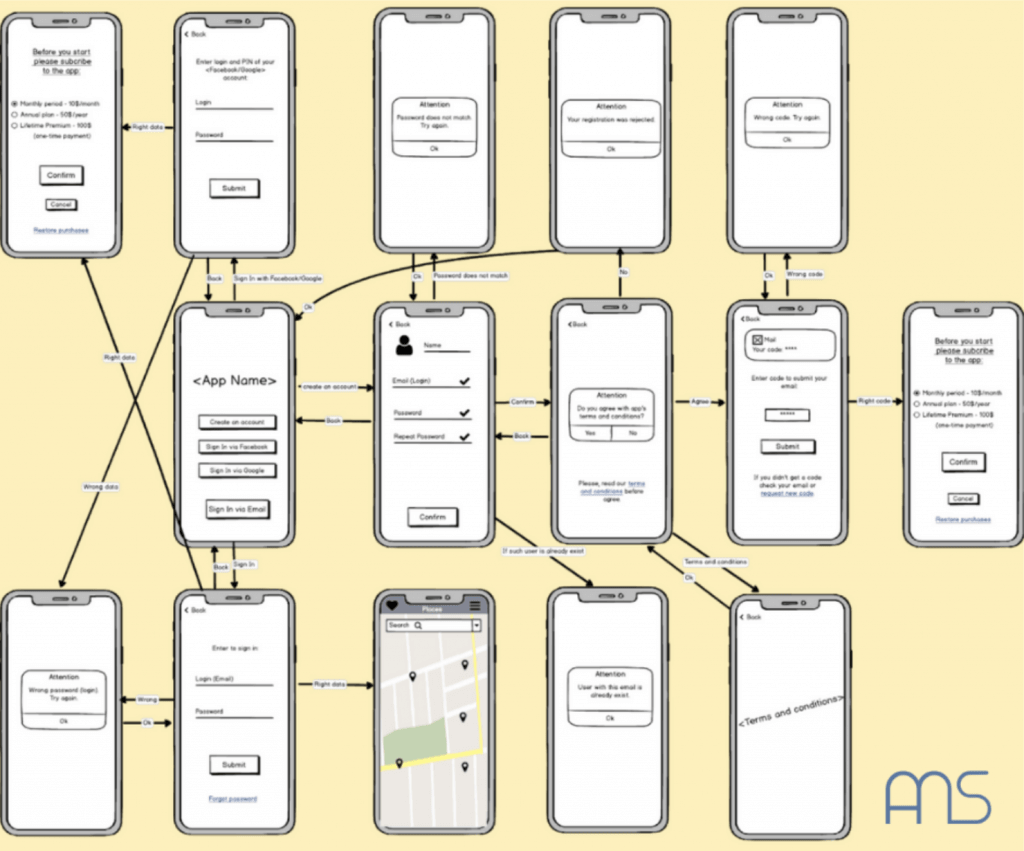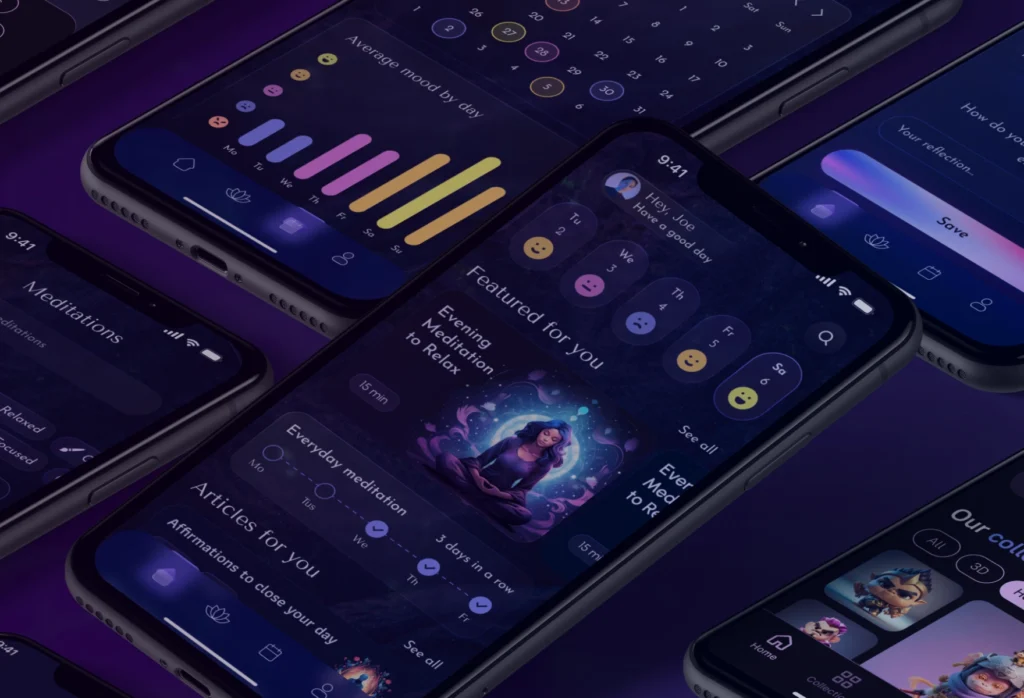June 13, 2020
Building An MVP: A Revolutionary Strategy For Your Business Model
Building An MVP: A Revolutionary Strategy For Your Business Model

Before embarking on your journey into the realm of a mobile app or product development, MVP is a phrase that you must accustom yourself with. Are you searching for effective ways to give wings to your start-up idea? Do you seek inspiration from companies like Facebook and Dropbox and many famous cannabis delivery apps, and wonder how they reached the zenith of success? The answer is simple: they started out with an MVP.
To begin developing a new product, the first thing you essentially require is a constructive concept. (Pat on your back if you already have one!) After all, you have to lay the cards well before making a smart move! Now, all you need is to project your plan in the right direction.
Our blog will help you find the best way to ensure that your start-up blooms with flying colors. To ensure that your brainchild does not become another futile attempt to do something remarkable now is the time to take an MVP approach! Therefore, let’s begin. And if you are looking for a healthcare app with mvp development, Interexy is right up to your hands.

Getting started – What is an MVP?
Have you heard of Eric Ries, a famous American entrepreneur, and blogger? Back in 2011, he published “The Lean Startup,” his bestselling book on his experiences in establishing a business. This book not only transformed the entire start-up industry but also introduced us to a life-altering term, a minimum viable product.
He defined it as:
“A Minimum Viable Product is that version of a new product which allows a team to collect the maximum amount of validated learning about customers with the least effort.”
Basically, an MVP can be considered as the archetype of your full-fledged plan. It comes with a basic set of features, which are released to evaluate a new business idea and reckon the users’ judgment. It is a concept of The Lean Startup principles that emphasize the thrust to learn about new product developments.
Typically, an MVP is the smallest element that you can build to deliver the very essence of your product in its most primitive form. In fact, even premium companies like Apple release the Apple Beta Software Program to let its users assess the pre-release software. In turn, their assessment of the software’s workability and quality assists the company to analyze issues, and develop an impeccable Apple software. However, an MVP is very different from that of a Beta model.
An MVP proposes something very specific
Here’s what it is about:
- Minimum: A small set of features, packaging, and capabilities.
- Viable: Offering sufficient value that users can willingly spend (funds, private information, time) on.
- Product: A usable commodity that they can use every day, not just spend on a promissory note.
The main idea behind developing an MVP is to gauge your customer’s feedback before releasing a full-blown product. This is because your business model does not abide by the “If you build it, they will buy it” methodology.
How is MVP the real game-changer?
The initial phases of building a start-up are undeniably daunting. Traditionally, there are three classic pre-requisites to a start-up strategy. These are as follows:
- Devising a unique idea.
- Building the product.
- Shelling out the money for marketing your product.
However, expert entrepreneurs beg to differ. According to many, building a product isn’t as necessary. Surprisingly, this couldn’t be truer. Products such as Pebble and Dropbox, which are way ahead in the game of business, hadn’t begun by selling fully-developed products when they started earning wonderful feedback and pre-orders!
If you intend to mirror the progress of these exorbitant companies, you need to develop an MVP before you usher a seasoned product in the market. A minimum viable product acts as building bricks to your start-up.
MVP as a process, not an action
Let’s consider a hypothetical situation:
You want to launch a phenomenal mobile app that allows students to create online journals in just a few clicks. It’ll feature a basic drag and drop interface, tons of pre-existing templates, and a bunch of fonts. Additionally, you will add check-ins, in-built calendar, and integration with social network sites.
Most importantly, it will send out alerts to jot down the online journal at the user’s preferred hour of the day. You’ll include a premium model in your app, that customers can purchase if they wish to obtain bonus features. This will be a way to monetize your app, and it’s going to be awesome!
You’ll find someone to accompany you as a co-founder, and if you’re a classic start-up unit, you’ll chip in some dollars and develop the app for the next ten months! However, when you launch the app, it’s success rate goes disastrously low. Your online journal is now rendered useless. But how is this possible? Let us find out!
What went wrong?
Here are the flaws in the plan:
- You spend almost a year figuring out how to launch the best journal for your audience, only to find out that hundreds of these are already available on the app store.
- If worst comes to worst, you might come to know that majority of the students have no interest in writing journals online. Hence, they do not want to use your application in the first place.
Waiting for ten months to discover these cynical flaws is like walking on a busy road without wearing your spectacles! Not only is it an utter waste of time, but this nonchalant approach can put you out of business.
This is why you need a Minimum Viable Product, which is a process to identify the vivacity of your start-up plan. It lets you launch your product quicker, at the benefit of a lesser budget. Moreover, it also allows you to collect the customer’s feedback and incorporate it into the upgraded models.
What do you get by building an MVP?
By building an MVP, you can:
- Discover your target audience
- Actualize your ideas
- Save your time
- Minimize glitches
Word of advice: Every user looks for a seamless product that does the job without flinching. Similar to this, the sole aim of an MVP is to surpass the standards of the ultimate user experience.
For starters, assuming that students want to write online journals in the first place is like playing with fire! It is risky, precarious, and does not guarantee anything.
Cutting to the chase, perhaps, what you could have done is – built a mock-up MVP with a set of basic features. You could have approached youngsters from the neighboring high-school and asked whether they already had a similar app. Also, whether they faced any issues while jotting their hearts out on a compact mobile phone. Moreover, you could inquire if they preferred journaling in their diaries, at best. You can also hire a well-recognised mobile application development company that is ready to bring your idea to reality.

The business benefits of a Minimum Viable Product
Survival in 2020’s cut-throat business era is quite vexing. Therefore, it is imperative to release your product in a way that does not burn a hole in your pocket. Building an MVP ahead of the final launch offers the following benefits:
1. Higher ROI and low risk
Developing an MVP is all about amplifying the value that you obtain as soon as possible, with minimum risk. This implies that it is a tactical measure to determine what the users desire before offering them a refined and polished product.
Reach out to us for crafting a user-centric app that is worth a thousand downloads!
Get in touchHence, before setting your business model to the market, your customers can tell you what all they actually require, and what they do not. It is highly likely that they might only require 5 out of the 10 features that you flaunt in your product! By building a minimum viable product, you can save yourself multitudes of money and extra hours.
2. Meticulous focus on the under-structure
The primary focus of an MVP resides on a single concept. It does not incorporate any other function. Like we mentioned earlier, its approach is an aftermath of The Lean Startup methodology. A minimum viable product carries high priority, but basal features that lessen the cost of application development.
This lets you delve deep into the foundation of your start-up and revamp every attribute meticulously and precisely. Also, with an MVP, you get to define your valuable hypothesis more sharply. This gives you the liberty to redefine your objective and performance. After all, the stronger the core, the better it’s workability!
3. Minimizes remodeling
You must know that truckloads of added features only jumble up user experience. Therefore, an MVP defines all the potential critical drawbacks. It also introduces you to several aspects that must be a part of your start-up. Just keep it simple to ensure minimum amends of your product.
4. Provides market validation
An MVP assists you in determining whether your app is ideal for the market you are targeting. It pitches your brand value to others and demonstrates the uniqueness of your product when made to stand opposite to competitors.
5. Builds a healthy relationship with your audience
Building a minimum viable product allows you to build a cordial affinity with your customers. With a prototype of your business model, you can get to know your target users better, and identify their needs.
Therefore, this gives you a clearer insight into building a service/product that they really need. Additionally, you can also receive valuable feedback from your audience. Also, facilitating a marketing campaign after launching the product becomes significantly easier as an MVP lets you build a credible companionship with the users.
6. Costs next to nothing
Needless to say, a start-up demands a high amount of expenditure. Moreover, before it is acclaimed by a wide range of audience, your product keeps hanging on a thread. If you do not want to bet your money over a tricky business model, adopting an MVP would be the wisest choice. This is because it does not require a humungous money-investment.
Also, if anything goes South and your idea ends up going downhill, at least you have not spent all your resources!
7. Makes a difference in the market
There is no denying the fact that a start-up or app development has a “Go big, or go home!” precondition attached to it. If your idea is new and unique, it is bound to be on top of the heap!
You must know that only authentic ideas qualify as a minimum viable product. Therefore, if it is on the cards for you, your product can certainly turn the tables for you.
8. Catering to the statistics
Did you know that around 29% of the start-ups fail since they run out of cash? (Source: https://www.cbinsights.com/research/startup-failure-reasons-top/) Another noteworthy point of contention would be that a start-up that scales at a usual pace is guaranteed to flourish 20 times faster, than the ones that scale too soon. (Source: https://www.cbinsights.com/research/startup-failure-reasons-top/)
These statistics certainly warrant the necessity of constructing an MVP, since it helps you formulate a winning strategy for your app/service!
Conclusion
Every innovative endeavor calls for a whooping amount of trial-and-error, and your business model is no different! An MVP is a strategy that allows you to explore everything about your users without overspending the two most essential elements: money and time.
We hope that our blogpost enlightened you with the necessity of adopting a minimum viable product. Well, that is all you need to become the next Mark Zuckerberg of the world! Now, pave the way for some brilliant ideas and get started with building an MVP without holding back!















